We had to implement an ASM program for multiplying sparse matrices in the coordinate scheme format (COOS) as well as in the compressed row format (CSR). Now that we have implemented all these algorithms we want to know how much more performant they are in contrast to the usual matrix multiplication. We already implemented code to measure the running time of all these algorithms but now we decided that we also want to know how many floating points operations per seconds (FLOPS) we can perform. Any suggestion of how to measure/count this?
Here some background information on the used system:
processor : 0
model name : ARMv7 Processor rev 2 (v7l)
Features : swp half thumb fastmult vfp edsp thumbee neon vfpv3 tls vfpd32
CPU implementer : 0x41
CPU architecture: 7
CPU variant : 0x3
CPU part : 0xc08
CPU revision : 2
Our first idea was now to implement a kind of FPO counter which we increment after each floating point operation (Arithmetic operations as well as comparison and move operations), but that would mean that we have to insert increment operations all over our code which also slows down the application ... Does anyone know if there is some kind of hardware counter which counts the number of floating point operations or maybe if there exist some kind of performance tool which can be used to monitor our program and measures the number of FPOs. Any suggestions or pointers would be appreciated.
Here is the evaluation of the FLOPs for a matrix multiplication by using the counting approach. We first measured the running time than inserted counters for each instruction we were interested in and after that we calculated the number of floating point operations per second.
